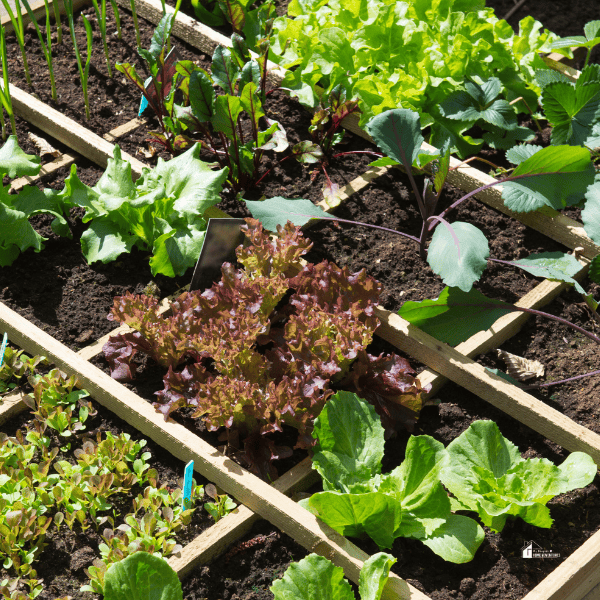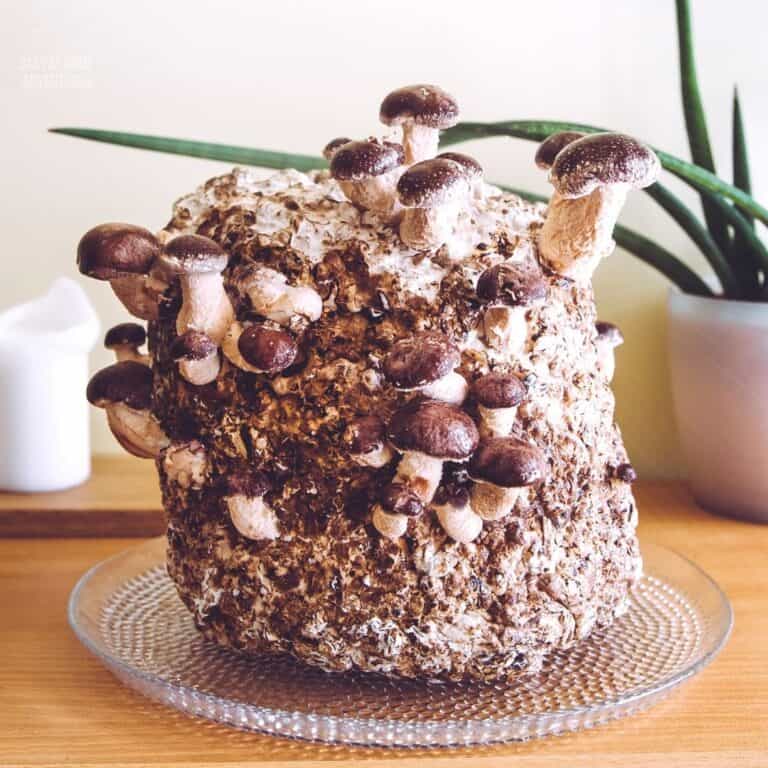Fall Vegetable Gardening: What to Grow for a Late Harvest
This post may contain affiliate links which might earn us money. Please read my Disclosure and Privacy policies hereAs summer winds down, savvy gardeners know that the growing season doesn't have to end. A productive fall vegetable garden can provide fresh produce well into autumn with suitable crops and preparation. Whether you're planting leafy greens, root vegetables, or brassicas, extending your growing season offers many rewards. Plus, with fewer pests and favorable conditions, fall gardening can be easier than spring or summer.
Here are five essential tips to get the most out of your fall vegetable garden.

1. Choosing the Right Cool-Weather Crops
Fall gardening thrives on cool-weather crops that prefer lower temperatures. Leafy kale, spinach, and lettuce are ideal choices, while root vegetables like carrots, beets, and radishes flourish in more excellent conditions. Brassicas, including broccoli, cabbage, and cauliflower, also thrive in fall's milder weather. Cool-weather crops may taste sweeter after a light frost, enhancing their flavor.
Consider including fast-growing crops like arugula, mustard greens, and peas for a more diverse garden. These crops can be planted in late summer and harvested before the first frost, ensuring a continuous supply of fresh vegetables. The key is to choose crops that can mature before the colder weather hits.
2. Timing Your Plantings for Maximum Yield
Planting timelines are crucial for a successful fall harvest. To enjoy the best results, sow long-growing crops like carrots, broccoli, and cabbage in late June to mid-July. Depending on your region's frost date, fast-growing vegetables such as lettuce, radishes, and peas can be planted as late as August. Timing is critical because fall crops need enough time to mature before the first frost while taking advantage of the cooler weather.
Paying close attention to your area's frost dates and using a gardening calendar can stagger your plantings to maximize your harvest window. This allows you to enjoy fresh vegetables from late summer through the fall.
3. Preparing Your Soil for Fall Planting
Soil preparation is critical for healthy fall crops. After a summer of intense growth, your soil may need a boost. Add compost or organic fertilizers to replenish lost nutrients. If you're not planting in all your beds, consider sowing cover crops to enrich the soil for future planting. Compost improves soil fertility and structure, ensuring your cool-weather crops have nutrients.
If you prefer direct sowing, ensure your soil is loose and well-drained to promote root growth, especially for crops like carrots and beets. For transplants, amend your soil with extra compost to give your plants a strong start.

4. Protecting Your Crops from Frost
As the temperatures drop, providing frost protection will extend your growing season and protect your crops. Simple methods like row covers, cloches, or cold frames can help insulate your plants against the first frosts. Season extension tools can give you weeks of growing time, which is crucial for late-maturing crops like broccoli and cabbage.
Investing in these frost protection tools is a small price for a more extended harvest. Not only will your crops survive the colder nights, but they'll also continue to grow and thrive in the cooler days of fall.
5. Benefits of Fall Gardening
Gardening in the fall offers several advantages over the spring and summer seasons. Cooler temperatures mean less watering and weeding, and many pests have already completed their life cycles, reducing the need for pesticides. Crops like carrots and spinach taste sweeter after a frost, making fall gardening a flavorful experience. Additionally, fall gardens tend to be smaller, making them more manageable.
As you prepare for your fall garden, remember that this is a great time to think about your home. If you're planning a move, fall can also be the perfect time to sell your house for cash or look into how to buy a house while selling your own. Whether moving on or staying put, a fall garden will provide fresh, delicious produce as you transition through the season.
With thoughtful planning, you can extend your growing season and enjoy the bounty of a fall harvest. Whether you're growing leafy greens, root vegetables, or brassicas, the cool weather and reduced pests make fall gardening a rewarding endeavor.








